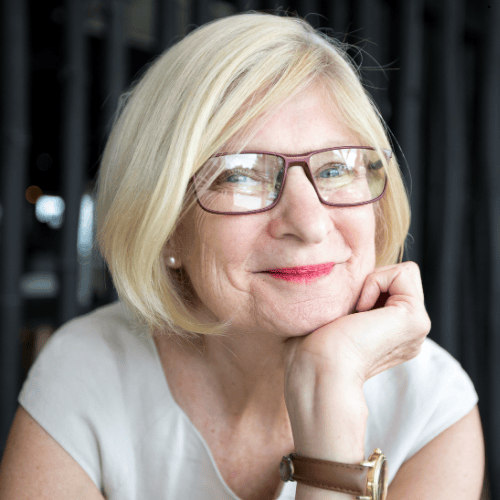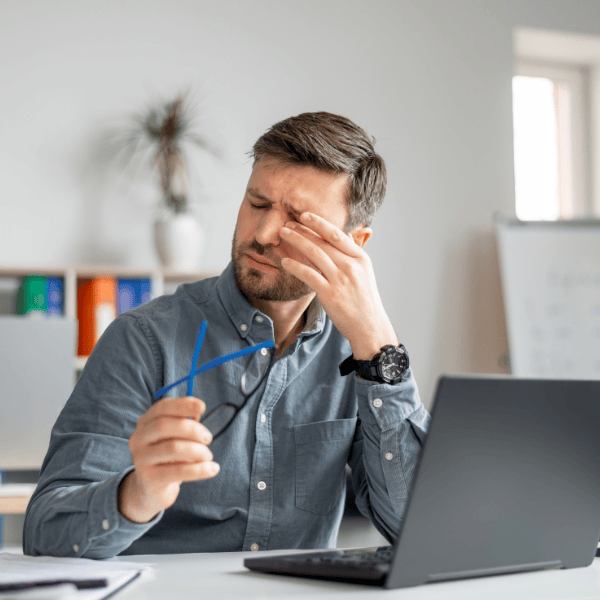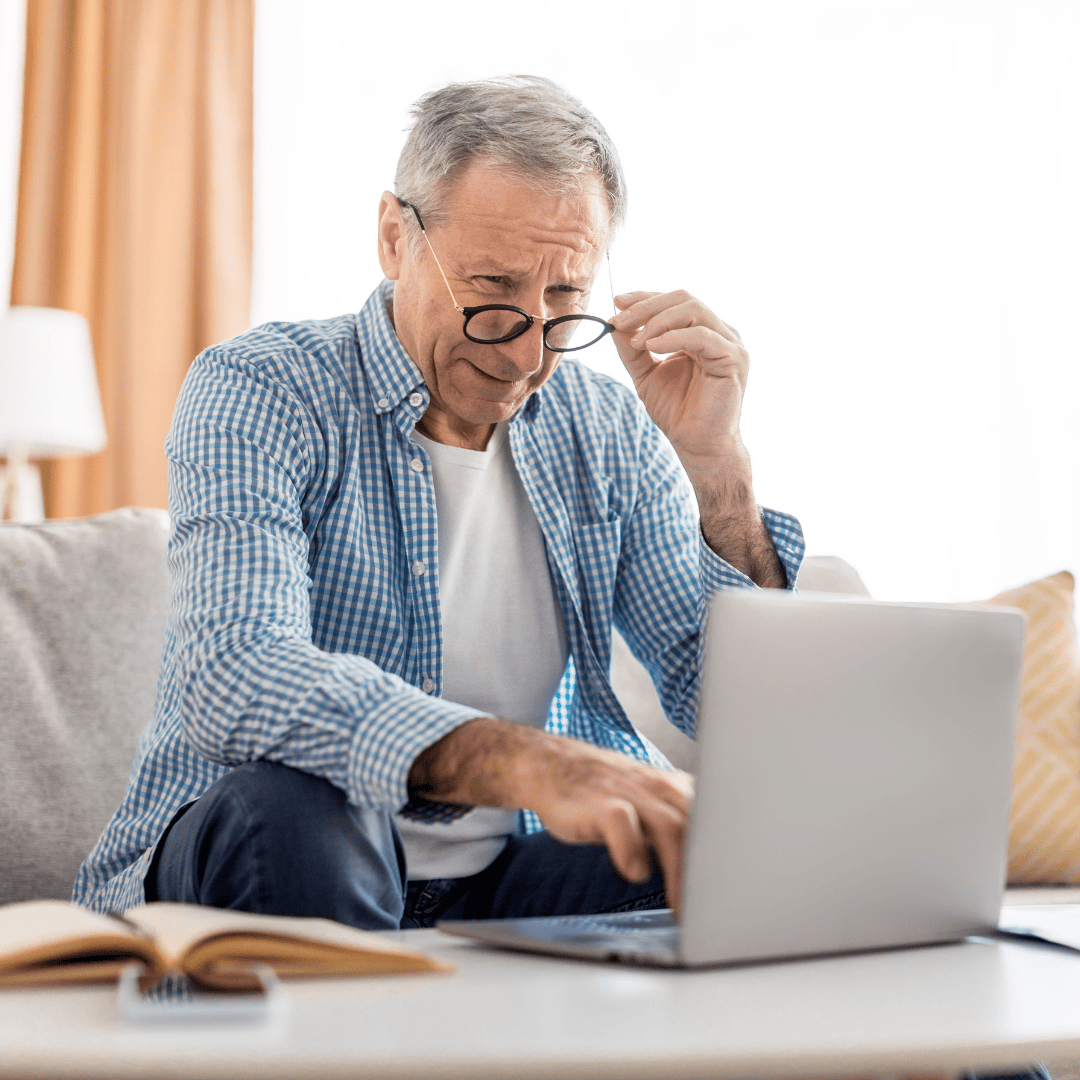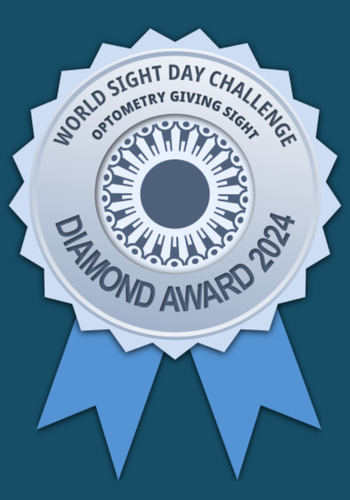DOES EXCESSIVE SCREEN TIME CAUSE BAD VISION?
In today's digital age, the amount of time we spend on computer screens continues to increase. From smartphones and tablets to desktop computers and televisions, many of us spend hours each day staring at these devices. With this increase in screen time, comes the concern over how it may be affecting our vision. In this article, we will outline three ways in which excessive use of digital devices may lead to problems with eyesight, and discuss appropriate remedies for each.

Childhood Myopia
Myopia (also known as “Nearsightedness”) may be concerning when it’s found in early childhood. Research suggests that the amount of time children spend on activities such as reading and computer work is a contributing factor toward the onset of myopia, and also its progression over time. While it may not be possible or practical to remove all forms of digital devices from your kid’s daily activities, our doctors often advise that the amount of near work each day be offset by an equivalent amount of time spent doing outdoor activities. We now have methods of treating myopia, speak to your MVO optometrist about this at your child’s next eye exam.
Focusing and Eye Teaming Problems
Eye fatigue and blurry vision can result from prolonged use of digital devices. Our eyes are adapted to quickly focusing at various distances and are not built to withstand the stress of looking intently at a target 40-60 cm away for extended periods. The muscles that surround our eyes to keep them aligned, as well as those that focus each eye individually, may become strained under these conditions. To reduce the symptoms associated with focusing and/or eye teaming problems, follow the 20-20-20 rule: every 20 minutes, take a 20-second break to look at something at least 20 feet away. Maintain the correct distance from your monitor and ensure your eyeglass or contact lens prescription is up to date.
Dry Eye Disease
The use of computer screens is a known risk factor for dry eye disease. The reason has to do with blinking – normally we blink around 15 times per minute, or once every 4 seconds. This drops to less than half that amount during digital device use, setting in motion several processes including higher tear evaporation, inflammation of the surface of the eye, and impaired lipid production from the eyelids. Scratchiness, grittiness, itching, and blurred vision can result. The specific treatment for dry eye disease depends on the cause, but when digital device use is thought to be a factor our doctors recommend blink exercises, proper hydration, increased levels of humidification, and setting your screens at the proper height.
Be sure to book an appointment with your MVO eye doctor. They will ensure that your eye health is checked, prescription for corrective lenses adjusted if needed, and look at any focusing or binocular vision issues. They will also discuss any risk factors you may have that may lead to vision problems in the future.
By taking proactive steps to protect your eyes and practicing good eye care habits, you can help maintain healthy vision for years to come.











